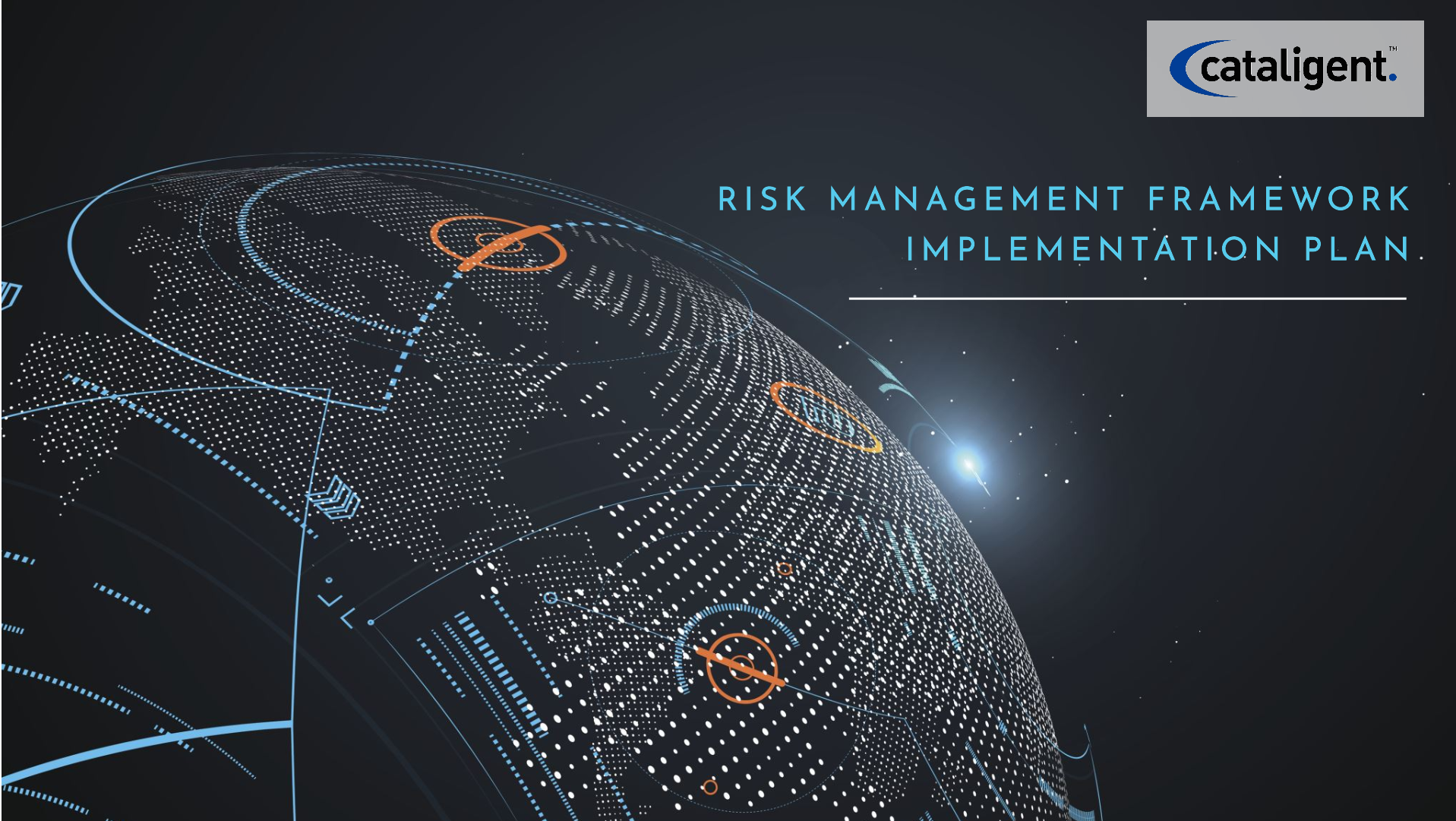To ensure a structured and proactive approach to risk management in your organization, we will implement a Risk Management Framework, incorporating Failure Mode and Effects Analysis (FMEA) and automated risk monitoring.
Step 1: Establish a Risk Management Framework
✅ Define Risk Management Policy & Objectives
- Align risk management with business goals and quality objectives.
- Integrate with ISO 9001:2015 and industry-specific compliance requirements.
✅ Form a Risk Management Team
- Include key stakeholders from quality, operations, supply chain, IT, and compliance teams.
- Assign Risk Owners responsible for specific areas.
✅ Develop a Risk Assessment & Mitigation Plan
- Define risk identification, analysis, response, and monitoring processes.
- Implement a structured approach using FMEA.
Step 2: Implement Failure Mode and Effects Analysis (FMEA)
✅ Conduct FMEA for Key Processes
- Identify potential failure modes (What can go wrong?).
- Assess severity (impact), occurrence (likelihood), and detection (ease of detection).
- Calculate Risk Priority Number (RPN) = Severity × Occurrence × Detection.
✅ Prioritize & Mitigate High-Risk Failures
- Implement corrective actions for high RPN items.
- Update Standard Operating Procedures (SOPs) to prevent recurrence.
- Conduct regular FMEA reviews and updates.
✅ Use FMEA Software for Efficiency
- Tools like IQRM, APIS IQ-FMEA, or Excel-based templates can streamline risk analysis.
Step 3: Automate Risk Monitoring & Response
✅ Use RPA & AI for Real-Time Risk Detection
- Deploy Automation Anywhere bots to monitor quality deviations, supplier performance, and customer complaints.
- Implement AI-driven anomaly detection in production and service processes.
✅ Integrate Risk Data with CRM & QMS
- Link customer complaints & feedback with risk management for proactive issue resolution.
- Use predictive analytics to anticipate potential failures before they occur.
✅ Set Up Automated Alerts & Corrective Actions
- Configure automated risk alerts for critical failures.
- Implement CAPA workflows to trigger corrective actions.
Step 4: Continuous Risk Monitoring & Improvement
✅ Regularly Update Risk Register
- Maintain a risk register for tracking and reviewing risks.
- Update risk assessments quarterly or after major incidents.
✅ Measure & Review Key Risk Indicators (KRIs)
- Track failure rates, supplier non-conformance, and process variations.
- Use dashboards for real-time monitoring of risk trends.
✅ Conduct Risk Review Meetings
- Hold monthly/quarterly risk review meetings with leadership.
- Implement lessons learned & process improvements.

